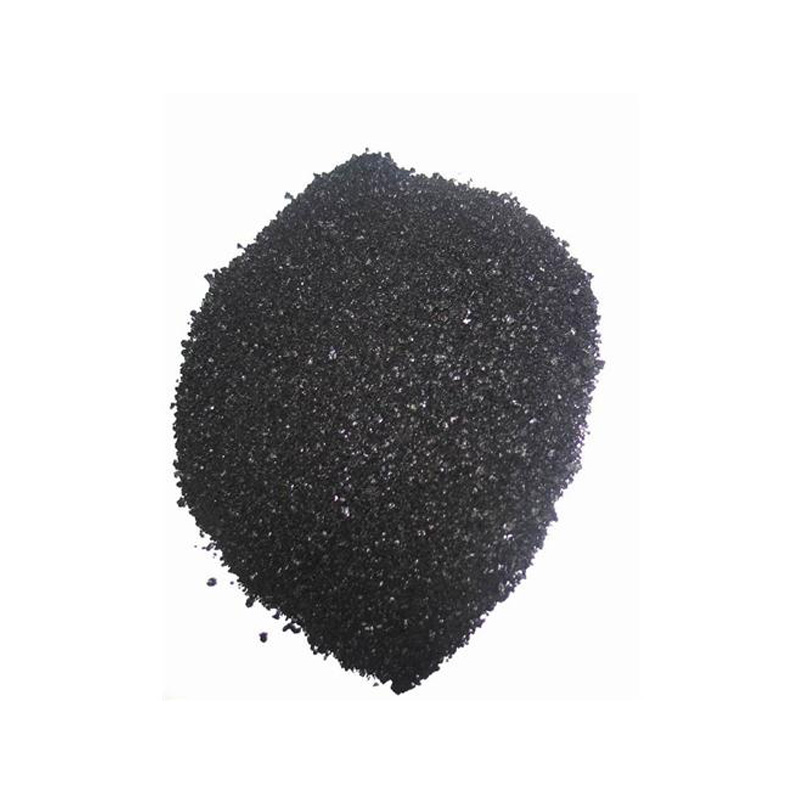Traditional Chinese Indigo Dye
The History and Significance of Indigo Dye in China
Indigo dye, with its deep blue hue, has a rich history that is intricately woven into the cultural fabric of China. The processing of indigo dye dates back thousands of years, making it one of the oldest dyeing materials known to humans. The cultivation of indigo plants, particularly in regions like Guangdong, Jiangxi, and Yunnan, has significantly shaped both the textile industry and artistic expressions in Chinese culture.
The History and Significance of Indigo Dye in China
Indigo dyeing gained significant importance during the Tang Dynasty (618-907 AD) and continued throughout the Ming (1368-1644) and Qing (1644-1912) dynasties. It played a vital role in the trade networks, fostering connections between China and other cultures through the Silk Road. The renowned blue textiles became highly sought after both domestically and internationally. These textiles were not only practical but also served as symbols of status and wealth, reflecting the sophistication of Chinese artisanship.
china plant indigo dye

The impact of indigo dye on Chinese culture is profound. Traditionally, it has been used in a variety of applications from clothing to decorative textiles. It is especially notable in traditional garments such as the qipao and hanfu, where the rich blue color has been celebrated for its aesthetic appeal. Furthermore, indigo dye is often associated with various cultural celebrations and ceremonies, symbolizing protection and good fortune.
In the modern era, the significance of indigo dye persists, albeit in a transformed context. With increased global interest in sustainable and organic practices, the revival of traditional indigo dyeing methods has gained momentum. Artisans and designers are returning to the roots of natural dyeing techniques, focusing on environmentally friendly production processes that honor the earth and its resources. This revival not only attracts artisans but also environmentally conscious consumers who appreciate the cultural significance and ecological benefits of natural dyes.
Moreover, contemporary fashion designers in China are beginning to integrate indigo dyeing practices into modern aesthetics. The juxtaposition of traditional techniques with modern designs is creating a unique fusion that celebrates cultural heritage while appealing to contemporary tastes. Exhibitions and workshops celebrating indigo dyeing are also on the rise, further promoting awareness and appreciation of this ancient craft.
In conclusion, indigo dye holds a significant place in the history and culture of China, symbolizing not just beauty and craftsmanship but also a deep connection to heritage and sustainability. As artisans continue to innovate while honoring traditional practices, the legacy of indigo dye will undoubtedly remain a vibrant part of China's cultural landscape for generations to come.
-
The Timeless Art of Denim Indigo Dye
NewsJul.01,2025
-
The Rise of Sulfur Dyed Denim
NewsJul.01,2025
-
The Rich Revival of the Best Indigo Dye
NewsJul.01,2025
-
The Enduring Strength of Sulphur Black
NewsJul.01,2025
-
The Ancient Art of Chinese Indigo Dye
NewsJul.01,2025
-
Industry Power of Indigo
NewsJul.01,2025
-
Black Sulfur is Leading the Next Wave
NewsJul.01,2025

Sulphur Black
1.Name: sulphur black; Sulfur Black; Sulphur Black 1;
2.Structure formula:
3.Molecule formula: C6H4N2O5
4.CAS No.: 1326-82-5
5.HS code: 32041911
6.Product specification:Appearance:black phosphorus flakes; black liquid

Bromo Indigo; Vat Bromo-Indigo; C.I.Vat Blue 5
1.Name: Bromo indigo; Vat bromo-indigo; C.I.Vat blue 5;
2.Structure formula:
3.Molecule formula: C16H6Br4N2O2
4.CAS No.: 2475-31-2
5.HS code: 3204151000 6.Major usage and instruction: Be mainly used to dye cotton fabrics.

Indigo Blue Vat Blue
1.Name: indigo blue,vat blue 1,
2.Structure formula:
3.Molecule formula: C16H10N2O2
4.. CAS No.: 482-89-3
5.Molecule weight: 262.62
6.HS code: 3204151000
7.Major usage and instruction: Be mainly used to dye cotton fabrics.

